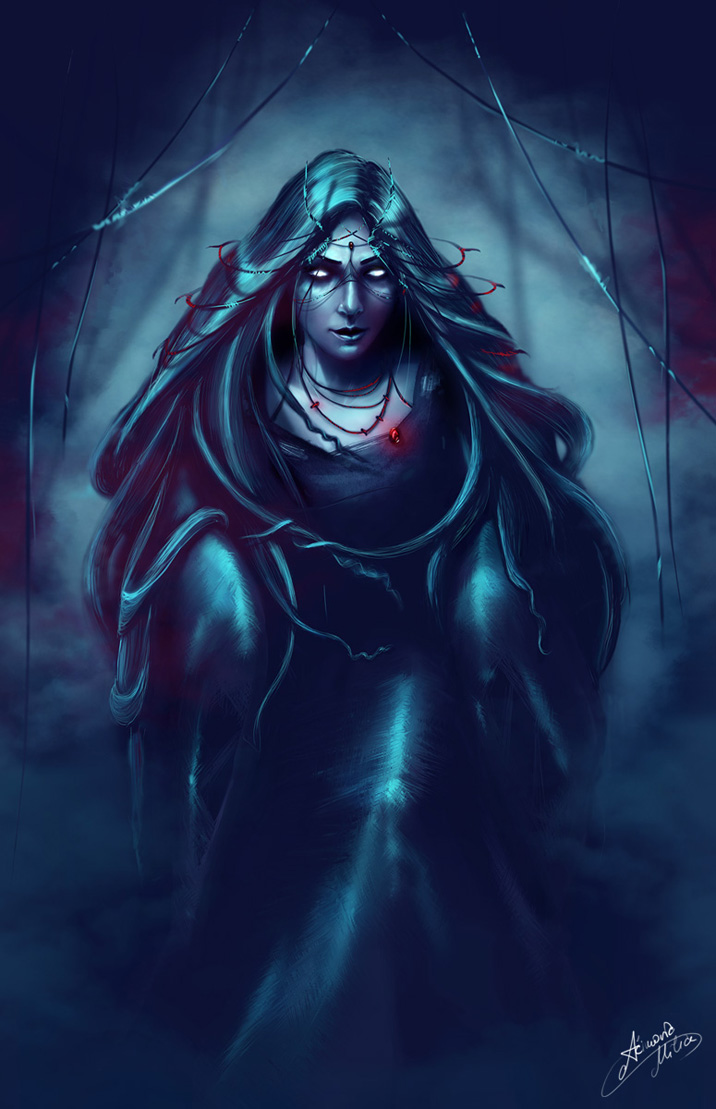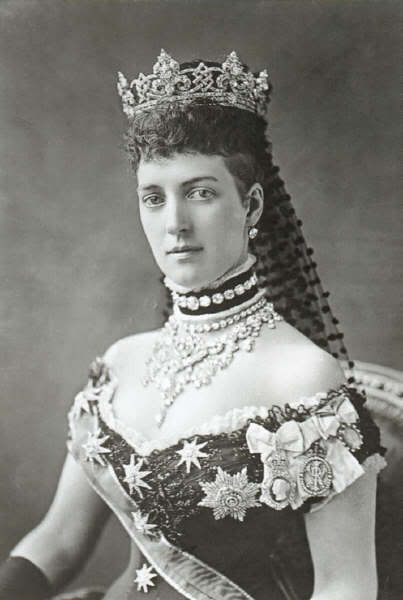

He also points to several pieces by Henry Purcell, one of which includes the opening notes of the modern tune, setting the words "God Save the King". Scholes quotes a keyboard piece by John Bull (1619) which has some similarities to the modern tune, depending on the placing of accidentals which at that time were unwritten in certain cases and left to the discretion of the player (see musica ficta). In The Oxford Companion to Music, Percy Scholes points out the similarities to an early plainsong melody, although the rhythm is very distinctly that of a galliard, and he gives examples of several such dance tunes that bear a striking resemblance to "God Save the King/Queen".
2.1.4 Historic Jacobite and anti-Jacobite alternative verses.2.1.3.2 Samuel Reynolds Hole's alternative version.2.1.3.1 William Hickson's alternative version.2.1.1 Standard version in the United Kingdom.The first six bars also form all or part of the Vice Regal Salute in some Commonwealth realms other than the UK (e.g., in Canada, governors general and lieutenant governors at official events are saluted with the first six bars of "God Save the Queen" followed by the first four and last four bars of " O Canada"), as well as the salute given to governors of British overseas territories. The sovereign and her or his spouse are saluted with the entire composition, while other members of the royal family who are entitled to royal salute (such as the Prince of Wales and the Duke of Cambridge along with their spouses) receive just the first six bars. Sometimes two verses are sung, and on rare occasions, three. Since its first publication, different verses have been added and taken away and, even today, different publications include various selections of verses in various orders. In Switzerland, it is known as " Rufst du, mein Vaterland".īeyond its first verse, which is consistent, "God Save the Queen/King" has many historic and extant versions. The melody was also used for the national anthem ' Heil dir im Siegerkranz' of the German Empire from 1871 to 1918 and as " The Prayer of Russians", the imperial anthem of Russia from 1816 to 1833. In the United States, the melody is used for the patriotic song " My Country, 'Tis of Thee" (also known as "America").

The melody continues to be used for the national anthem of Liechtenstein, " Oben am jungen Rhein", and the royal anthem of Norway, " Kongesangen". In countries not previously part of the British Empire, the tune of "God Save the Queen" has provided the basis for various patriotic songs, though still generally connected with royal ceremony. It is also the royal anthem – played specifically in the presence of the monarch – of the aforementioned countries, as well as Australia (since 1984), Canada (since 1980), Belize (since 1981), Antigua and Barbuda (since 1981), The Bahamas (since 1973), and most other Commonwealth realms. "God Save the Queen" is the de facto national anthem of the United Kingdom, and one of two national anthems used by New Zealand since 1977, as well as for several of the UK's territories that have their own additional local anthem.

The author of the tune is unknown, and it may originate in plainchant, but an attribution to the composer John Bull is sometimes made. " God Save the Queen", alternatively " God Save the King" (dependent on the gender of the reigning monarch), is the national or royal anthem in most Commonwealth realms, their territories, and the British Crown Dependencies.


 0 kommentar(er)
0 kommentar(er)
